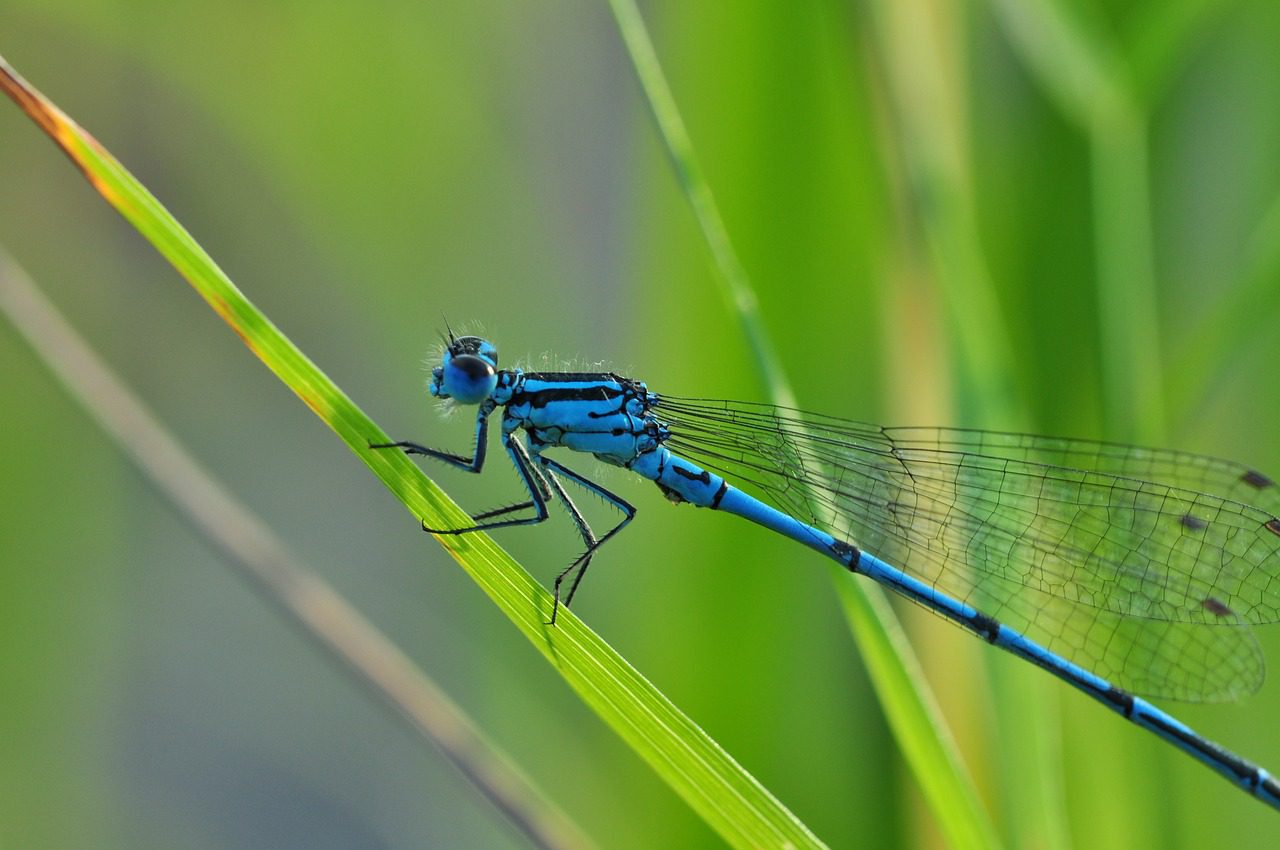The article compares and contrasts the hummingbird and dragonfly, highlighting their physical appearance, flight abilities, habitat and distribution, feeding and diet, and reproduction. Both creatures have unique abilities, with the hummingbird known for its rapid wing beats and ability to hover, while the dragonfly is a master of aerial acrobatics. Hummingbirds primarily feed on nectar and insects, while dragonflies are carnivorous insects. Additionally, their reproduction processes differ, with hummingbirds building nests and dragonflies laying eggs in water. Despite their differences, both creatures are an important part of their ecosystems, showcasing the diversity and adaptability of the insect world.
Hummingbird vs. Dragonfly: The Most Fascinating Flying Insects
Introduction
Flying insects are a marvel of nature, and two of the most fascinating are the hummingbird and the dragonfly. Both of these creatures have unique abilities and characteristics that make them stand out among their insect counterparts. In this article, we will compare and contrast the hummingbird and dragonfly, highlighting their similarities and differences.
Physical Appearance
The hummingbird and the dragonfly are both known for their striking physical appearances. The hummingbird is a small bird-like creature with vibrant, iridescent feathers and a long, slender beak. Its wings are incredibly fast, allowing it to hover in place and move with incredible agility. The dragonfly, on the other hand, has a long, thin body and two pairs of large, transparent wings. Its large, compound eyes are a prominent feature, and its overall appearance is sleek and aerodynamic.
Flight Abilities
Both the hummingbird and the dragonfly are known for their impressive flight abilities. The hummingbird is able to hover in place and move in any direction, thanks to its rapid wing beats and agile maneuverability. It can also reach speeds of up to 60 miles per hour when in flight. The dragonfly, on the other hand, is a master of aerial acrobatics, with the ability to fly in any direction, change direction quickly, and even fly backward. It is also a swift and agile hunter, capable of catching prey while in flight.
Habitat and Distribution
Hummingbirds are primarily found in the Americas, from Alaska to Tierra del Fuego. They are often found in habitats with abundant flowers and nectar, such as gardens, forests, and meadows. Dragonflies, on the other hand, can be found on every continent except Antarctica. They are most commonly found near freshwater habitats, such as rivers, lakes, and ponds, where they breed and hunt for prey.
Feeding and Diet
Hummingbirds are known for their unique feeding behavior, as they are the only birds that can fly backward. They feed on nectar from flowers, using their long, specialized beaks and extendable, tube-like tongues to extract the sweet liquid. They also consume insects and spiders for protein. Dragonflies, on the other hand, are carnivorous insects, feeding on a diet of flies, mosquitoes, and other small insects. They catch their prey while in flight using their highly specialized legs and mandibles.
Reproduction
Both hummingbirds and dragonflies reproduce through a process called mating, where the male fertilizes the female’s eggs. Hummingbirds build small cup-shaped nests made of plant material and spider silk, often in trees or shrubs. The female lays eggs and incubates them until they hatch. Dragonflies, on the other hand, lay their eggs in or near water, as their larvae are aquatic. The female deposits her eggs in the water or on plants near the water’s edge, and the larvae develop in the water before emerging as adult dragonflies.
Conclusion
In conclusion, the hummingbird and the dragonfly are two of the most fascinating flying insects in the natural world. While they share some similarities in their physical appearance and flight abilities, they also have notable differences in their habitat, diet, and reproduction. Both of these creatures are an important part of their respective ecosystems and serve as a reminder of the incredible diversity and adaptability of the insect world.
